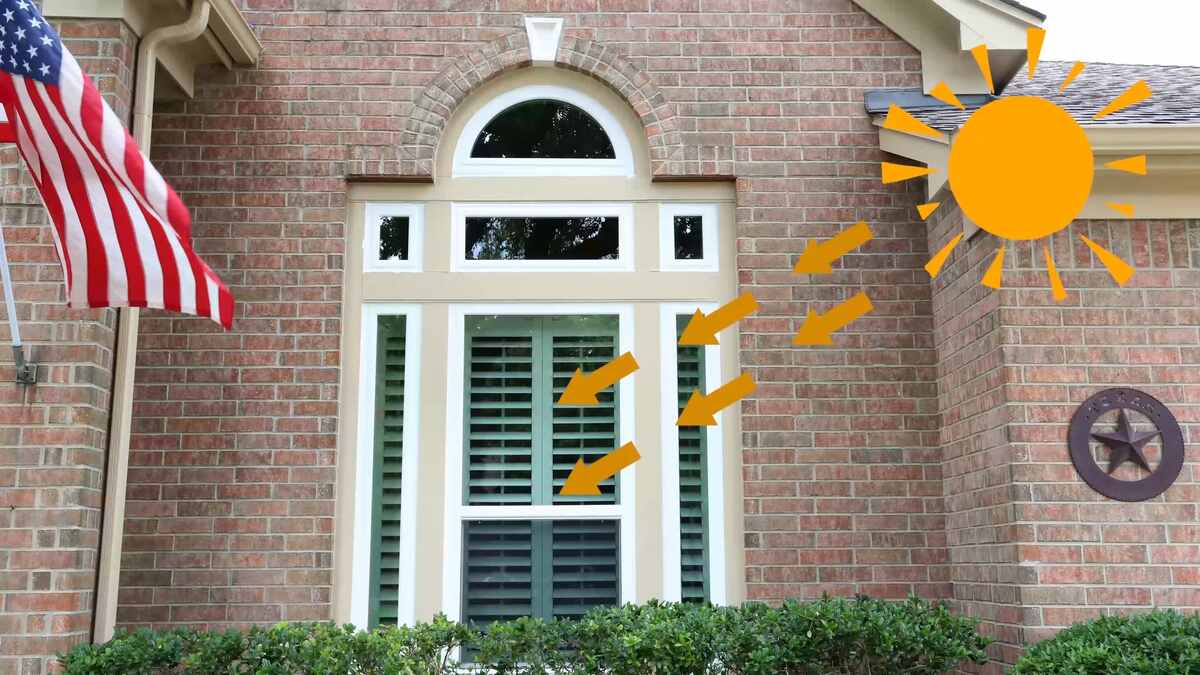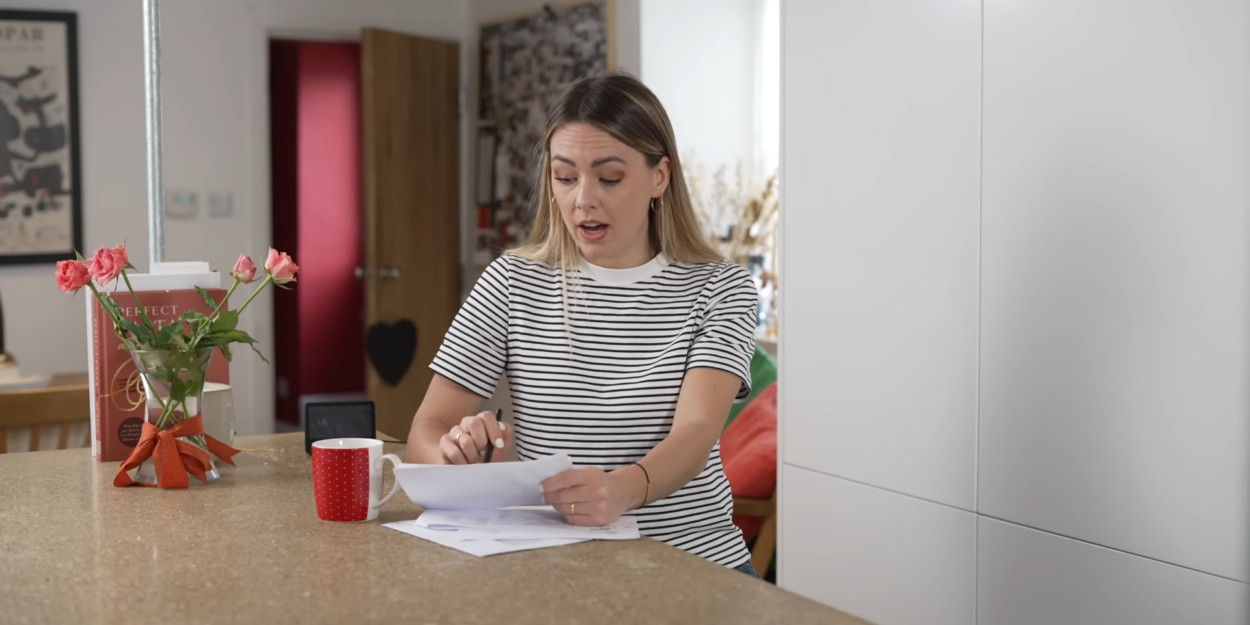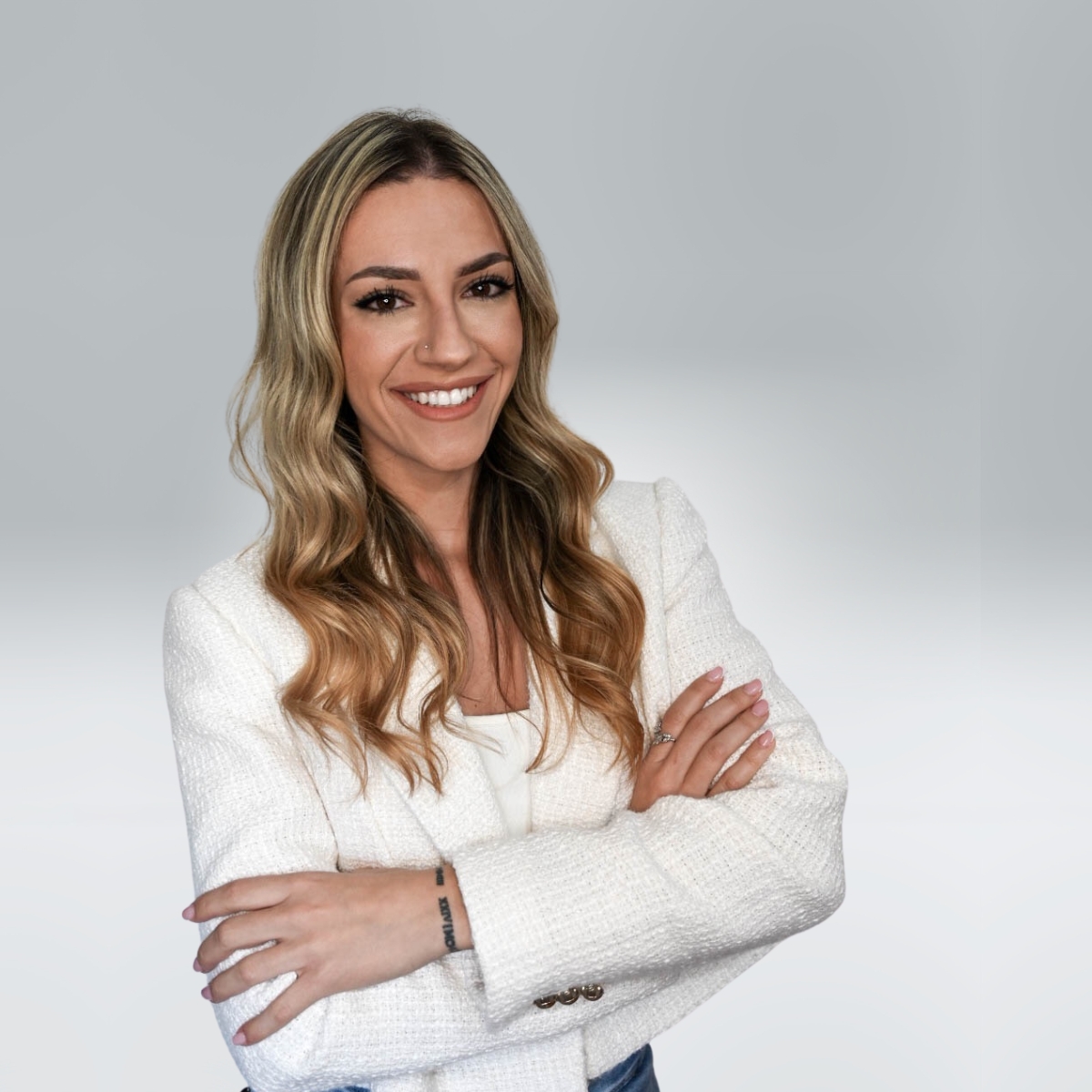Energy-efficient windows have become a pivotal feature in the modern home, not only enhancing the aesthetic appeal but also significantly contributing to a more sustainable and cost-efficient living environment.
By improving insulation, these windows reduce heat transfer, meaning that homes stay warmer in winter and cooler in summer without relying heavily on heating and cooling systems.
This improved performance is instrumental in lowering household energy consumption, leading to reduced heating bills. Naturally, you would need to take a look at a couple of options before you can find the one that fits your needs.
If you don’t know where to start, you can find help for home design, including the ones that relate to windows, at https://thehomedesigngroup.co.uk/.
Installing energy-efficient windows is an investment with long-lasting benefits. They are designed to minimize condensation — the build-up of moisture that can lead to mold and mildew — thus contributing to a healthier indoor environment.
Key Takeaways
- Energy-efficient windows significantly reduce energy consumption and heating costs.
- They are designed to minimize indoor condensation, promoting a healthier living environment.
- The installation of these windows supports the reduction of carbon emissions and reliance on fossil fuels.
1. Reduced Heat Transfer
When we consider the installation of energy-efficient windows in our homes, one of the paramount benefits is the substantial reduction in heat transfer. Heat transfer refers to the movement of heat in or out of the building through the windows. By minimizing this, we can maintain a more consistent indoor temperature year-round.
Energy-efficient windows are designed with features such as low-emissivity coatings and inert gas fills. These attributes, often found in double or triple-glazed units, play a crucial role in reducing heat transfer.
Such technologies help to keep the warmth in during the colder months and out during the hotter months, directly impacting our heating costs. Thermal insulation is effectively enhanced because the window’s structure resists the natural tendency of heat to flow from a warmer to a cooler space.
Phase Change Materials (PCMs) are another innovative approach integrated into some energy-efficient window systems. They absorb, store, and release thermal energy to maintain steady indoor temperatures, further curbing unwanted heat transfer.
2. Condensation Minimization
Energy-efficient windows play a crucial role in reducing heating costs, largely due to their ability to minimize condensation. We understand that condensation can have a deterring effect on a building’s thermal efficiency.
When warm, moist air inside a room comes in contact with a cold window surface, the drop in temperature can cause water vapor to condense into liquid. This not only obstructs visibility but also contributes to heat loss.
By improving the window insulation, we effectively raise the interior glass surface temperature. This reduces the likelihood of condensation forming. Our choices include windows with:
- Double or triple glazing: These windows trap air or inert gas between the panes, providing better insulation.
- Low-emissivity coatings: These coatings reflect infrared energy, keeping heat on the same side of the glass from which it originated, whether it’s inside during the winter or outside during the summer.
- Thermally improved frames: Frames made from materials that provide better insulation, such as fiberglass, vinyl, or wood, further prevent condensation.
We also advocate for strategies like properly sealing windows to prevent moisture-laden air from coming into contact with the cold glass and ensuring adequate indoor ventilation to reduce overall humidity levels.
Implementing these solutions allows us to maintain clearer windows and a warmer indoor environment, subsequently reducing the need for additional heating and lowering energy bills. It’s an efficient, cost-effective approach that maximizes the performance of window systems by addressing both energy loss and moisture control.
3. High Return on Investment
When we invest in energy-efficient windows, we anticipate a high return on investment (ROI) due to the significant reduction in heating costs. These advanced windows are designed to maintain a more consistent interior temperature, which directly correlates with less energy being required to heat our homes.
- Initial Costs vs. Long-Term Savings: Installing energy-efficient windows involves upfront costs. However, the long-term savings on our heating bills can offset this initial investment over time.
- Increased Property Value: By upgrading to energy-efficient windows, we can increase the market value of our properties. Prospective buyers often recognize the value of these improvements, which can translate into higher resale values.
- Enhanced Comfort: Apart from financial returns, there’s an added benefit of comfort. Energy-efficient windows reduce drafts and cold spots, leading to a more comfortable living environment.
- Contribution to Sustainability: Our choice to install energy-efficient windows also contributes positively to sustainability efforts. By reducing energy consumption, we aid in minimizing our collective carbon footprint.
4. Lower Energy Bills
When we upgrade to energy-efficient windows, we immediately begin to see a decrease in our energy bills. This saving is a result of the improved insulation properties these windows offer.
Their design includes multiple layers of glass and advanced framing materials that help maintain a consistent internal temperature, whether we’re warming our home in the winter or cooling it in the summer.
Energy-efficient windows reduce the transfer of heat through the window. This means less work for our heating system in the colder months.
The U-value of a window indicates its insulating ability. Lower U-values, as found with energy-efficient windows, correlate with lesser heat loss.
High-quality seals and treatments minimize air leakage around the window frames, further controlling indoor temperatures.
By investing in these windows, we capitalize on several cost-effective advantages that contribute to long-term financial savings. We ensure that the heat generated during winter stays inside, cutting down on the frequency and intensity of heating required to maintain a comfortable environment.
5. Decreased Carbon Footprint
When we install energy-efficient windows, we directly contribute to reducing our carbon footprint. How does this work?
Firstly, energy-efficient windows minimize the need for excessive heating and cooling in our homes.
- Better Insulation: These windows offer better insulation compared to their traditional counterparts. As a result, we see a significant decrease in heat transfer.
- Reduced Energy Usage: With less need for heating systems to work overtime, our energy consumption drops. This leads to a reduction in the demand for energy production and, consequentially, a lower volume of CO2 emissions.
Secondly, by reducing our reliance on fossil fuels for heating, we further cut down on the overall carbon dioxide emissions—a greenhouse gas heavily implicated in global warming. Less burning of these fuels means less CO2 is released into the atmosphere.
- Sustainable Living: Energy-efficient windows are a step towards more sustainable living, with both immediate and long-term benefits for the environment.
- Modern Materials: Many of these windows use advanced materials such as low-emissivity (Low-E) coatings, which reflect infrared radiation, keeping our spaces warm without overburdening heating systems.
In essence, the relationship between energy-efficient windows and a decreased carbon footprint is clear and substantiated. Through reduced energy demand and less dependence on fossil fuels, we play an essential role in mitigating climate change, one window at a time.
6. Reduced Fossil Fuel Dependency
Energy-efficient windows play a crucial role in minimizing our reliance on fossil fuels for heating buildings. These windows are designed to maintain a consistent internal temperature, reducing the need for frequent heating that typically relies on fossil fuel combustion.
- Improved Insulation: With double or triple-pane glass and inert gas fillings, energy-efficient windows have enhanced insulation properties. This reduces the heat exchange between the interior and exterior of a building.
- Solar Gain: These windows can be optimized to harness more solar energy during colder months, which provides natural warmth and lessens the need for external heating.
- Airtight Sealing: Properly installed energy-efficient windows create an airtight seal, preventing drafts and energy leaks. This significantly reduces the heating requirements, thereby cutting down fossil fuel consumption.
By adding energy-efficient windows, we actively contribute to a reduced carbon footprint. These measures lessen the demand on power plants that burn fossil fuels, thus not only conserving precious resources but also minimizing greenhouse gas emissions.
In regions with significant heating needs, energy-efficient windows are even more impactful. As we improve our buildings with these advanced windows, we move closer to a future less tethered to non-renewable energy sources.
This transition is essential for a sustainable energy landscape and for combating the adverse effects of climate change.
FAQs
How Much Heat Is Lost Through Windows?
We lose a significant amount of heat through windows, typically around 25-30% of the residential heating energy use. This loss can be even higher with older, single-pane windows.
How Much Money Do Windows Save?
Installing energy-efficient windows can lead to substantial savings on heating bills, often reducing energy use by 12-33% annually. The exact amount saved depends on factors such as climate, energy rates, and the efficiency of the windows installed.
How Do You Reduce the Cost of Windows?
To reduce the upfront cost of energy-efficient windows, we recommend looking for rebates and incentives offered by governments and energy companies. Additionally, purchasing Energy Star-rated windows and considering the total life-cycle cost will lead to long-term savings that outweigh initial expenses.
Why Are Windows Efficient?
Windows become energy efficient through technologies such as double or triple glazing, low-emissivity coatings, and inert gas fills between panes. These features minimize the heat transfer, keeping homes warmer in winter and cooler in summer, thereby reducing the reliance on artificial heating and cooling.
Summary
When examining the advantages of energy-efficient windows, our findings underscore their pivotal role in slashing heating costs. We’ve observed a consistent trend—a significant drop in energy use due to improved insulation properties of these windows. In climates with a marked heating season, the impact is even more pronounced.
In all, we stand confidently behind the adoption of energy-efficient windows as a cornerstone for eco-friendly construction and retrofitting strategies. They are a responsible choice for the environmentally conscious consumer looking to reduce their carbon footprint and energy expenses simultaneously.






















